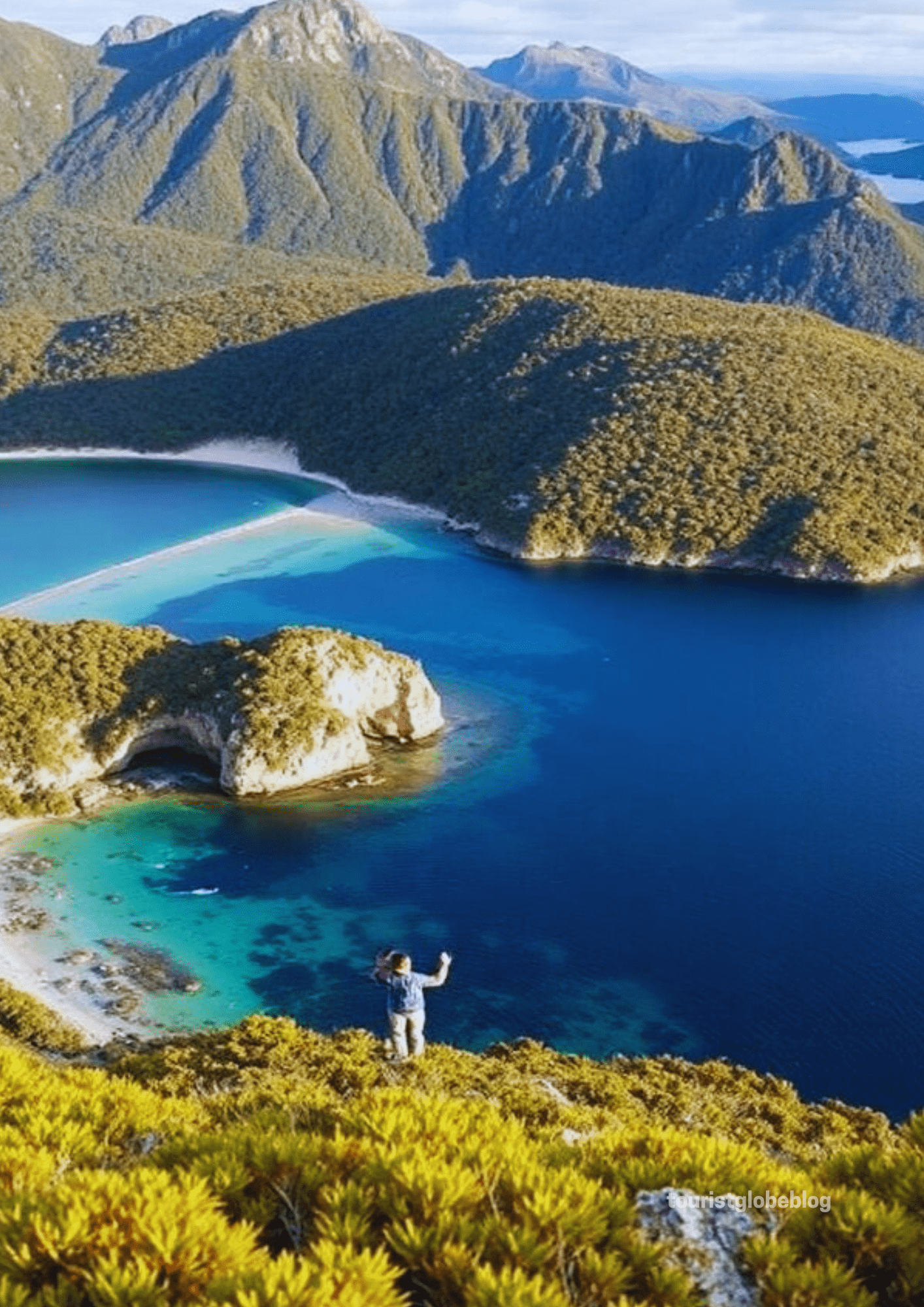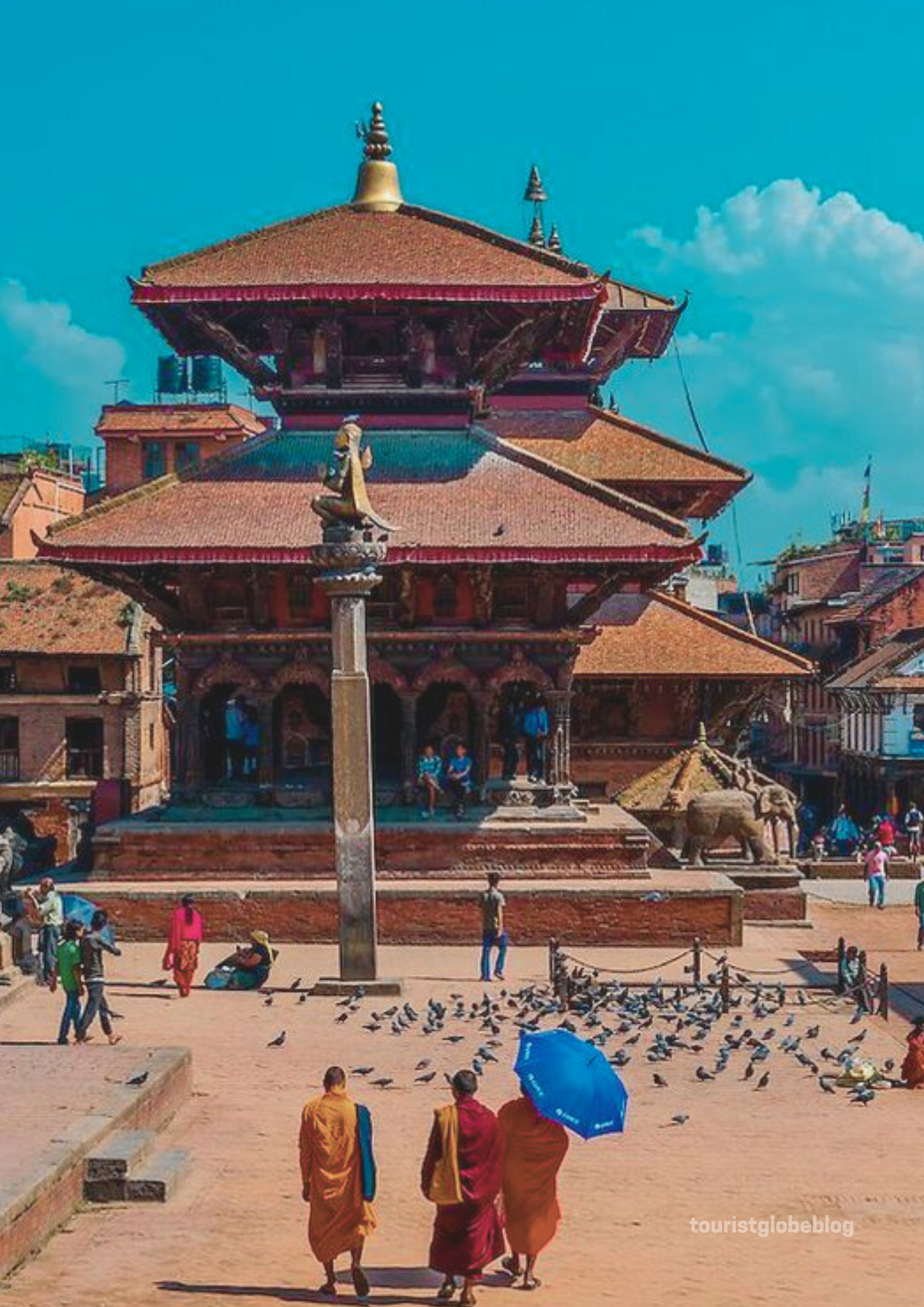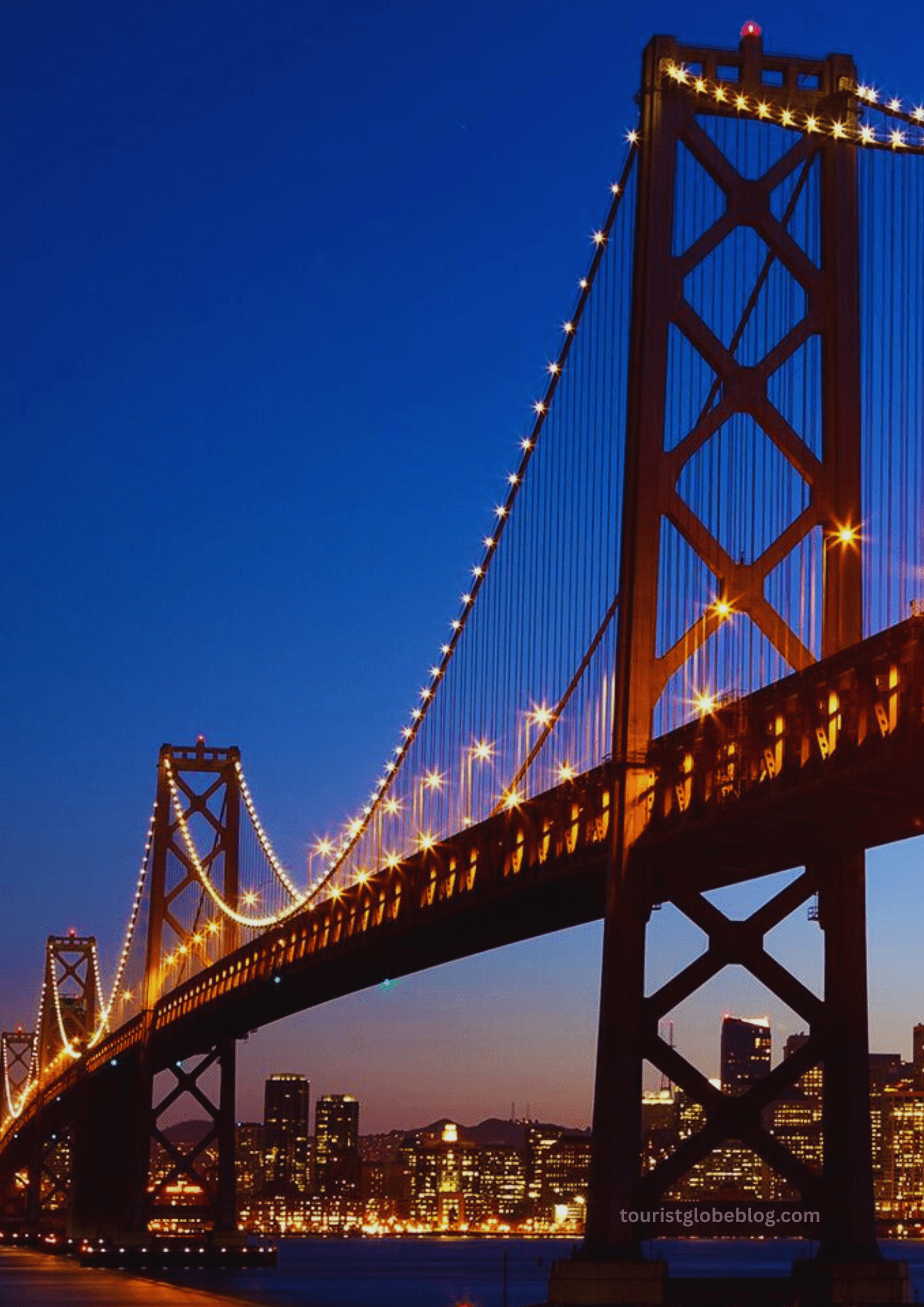Tasmania is an island that feels like a whole other universe. A location where untamed coasts, pristine nature, old villages, and great food all come together.
Tasmania is more than just a place to visit; it’s a magical and mysterious experience. When you first get to Tasmania, the air is fresh, the roads are beautiful, and the scenery seems like it was painted by nature itself. The slower pace, the cool wind, and the earthy smell of eucalyptus all create the mood for a trip that is quite immersing and invigorating.
Who Is Tasmania Good For?
Tasmania is a dreamland for:
- People that enjoy nature and want to trek, see mountains, and see rough coasts
- Photographers who like rough beauty and soft sunrises
- Foodies who want to try fresh fish and exquisite cheeses
- People who love history visiting prison sites and colonial buildings
- People who are ready for an amazing road adventure
- People who want to go alone who want to be alone and think
Tasmania has something for everyone, from leisurely travelers to romantic getaways to family vacations to remote professionals who want to enjoy some fresh air while still being connected. It’s the type of area where being quiet is a luxury and every sunrise seems like a reward.
Where to Stay Close By
Tasmania has a place that feels like home, it doesn’t matter if you have less money or more:
- Luxury: The MACq 01 Hotel in Hobart, a boutique hotel near the harbor
- Mid-range: Cradle Mountain Hotel is great for people who like to walk and be in nature.
- Budget: Hobart Central YHA—clean, pleasant, and easy on the budget
Stay close to nature to get the most out of Tasmania. You can have amazing experiences in eco-lodges, cottages, and farm stays. Tasmania has some of the most immersing places to stay in the world. You’ll fall asleep amid the sounds of animals and wake up to foggy landscapes.
Where and What to Eat
The dining scene in Tasmania is all about fresh ingredients. You have to try:
- Oysters and salmon from Tasmania
- Cheeses made in Bruny Island
- Ice cream with lavender from nearby farms
- Pies with berries from roadside stands
Foodie havens are markets like Salamanca in Hobart or Harvest in Launceston. A lot of reviews of Tasmania talk about finding amazing meals in the most unlikely settings, like a food truck that offers world-class scallop pies or a winery that serves cuisine as good as its wines.
Best Places to Take Pictures / Instagrammable Corners
Tasmania is a feast for the eyes. Here are the best places:
- From above, Wineglass Bay looks like turquoise sea and white beach.
- Cradle Mountain has lakes that look like mirrors and alpine reflections.
- Bay of Fires: orange lichen-covered rocks next to turquoise oceans
- Richmond Bridge is Australia’s oldest bridge.
- Mount Wellington has great views of Hobart.
There isn’t a single part in Tasmania that isn’t worth taking a picture of. At dawn and sunset, the light is magnificent, making the island’s beauty look like living art.
What People Who Live in Tasmania Say
People who live there frequently say that Tasmania is a location that keeps bringing you back. They talk about the purest air in the world, the kindest strangers, and how proud they are of their local food. A lot of people believe that visitors don’t know how much there is to do. They say, “Give Tasmania time.” “It’s not a stopover. “It’s a trip.” You’ll learn about hidden beaches, family-run restaurants, and bushwalks that are better than any brochure.
Things Tourists Often Do Wrong (And How to Avoid Them)
A lot of Tasmania reviews talk about these common mistakes:
- Hurrying the trip—The island seems little, but the distances are tricky.
- If you skip the East Coast, you’ll miss beaches that are just as nice as those in the tropics.
- Not reserving a car rental ahead of time—there aren’t many available, especially in the summer.
- Not taking the weather into account—layers are your best friend
Give yourself 7 to 10 days to really appreciate Tasmania without feeling pressured. It’s not about checking things off; it’s about taking it all in.
Good Advice for Budgeting
You don’t have to spend a lot of money to travel in Tasmania:
- Cabins and campgrounds are cheap.
- Buying groceries for picnic lunches is a good way to save money.
- For more than one visit, national park permits are a wonderful deal.
- The bargains on food and crafts at local markets are great.
The travelers remark that Tasmania offers high-end experiences at a low cost. Even eating out at nice restaurants seems cheap compared to mainland Australia. To save money on transportation, try regional buses or applications that let you share rides.
How to Pack for Tasmania
The weather in Tasmania may change suddenly. Be prepared with:
- Raincoat and layers
- Good shoes for walking
- Sunscreen for days with clear skies
- Water container that can be refilled
- Daypack for hiking and shopping
A reusable shopping bag and a little camera to take pictures of such unexpected vistas would be great. If you pack smart, you’ll be ready for every type of day in Tasmania.
Remote work and content creator friendly
Tasmania is quickly becoming a place where creative people can work. This is why:
- Quiet places give you room to think.
- Cafes in Hobart and Launceston provide powerful Wi-Fi and great ideas.
- Nothing else makes you more creative than being outside.
- Living here is cheaper than living on the mainland of Australia.
Tasmania is a great place for content makers to gather pictures and stories. It’s simple to film, edit, and distribute in stunning locations that naturally increase interaction.
Add-On Experiences Nearby
Don’t just visit one location; add to your Tasmania itinerary with
- Bruny Island: cruises to see animals and cheese tastings
- The MONA Museum in Hobart has mind-bending modern art.
- Maria Island is full of wombats and bikes.
- The Tarkine is an old rainforest and a place for off-grid adventure.
Tasmania has a lot of different things to do, and each one adds something new to the mix. You will be surprised by how different they are.
A list of things to do to show respect (cultural and environmental)
Tasmania does well with responsible tourism. Please:
- Stay on the paths to keep ecosystems safe.
- Honor the tales and heritage of Indigenous people
- Throw of trash the right way
- Help out local farmers and craftsmen
- Be kind to animals
Tasmania stays clean for the next dreamer when people travel in a way that is good for the environment. Visitors should leave no trace and get involved with their hearts, according to local customs.
How Tasmania has changed throughout the years
Tasmania has changed from a place where convicts lived to a place where people may escape into the bush. It is now one of Australia’s most popular tourist spots. Tasmania has gotten a lot of attention from across the world because of eco-tourism, great food, and the rise of digital nomad communities. But its essence, which is wild, raw, and friendly, is still the same. The island has stayed true to itself while welcoming the globe.
My own experience and final thoughts
Tasmania astonished me when I went there. It wasn’t simply the scenery or the meals; it was how it made me feel. The true Tasmania is seeing fog drift over the mountains, tasting honey from a wayside farm, and meeting a native who showed you secret waterfalls.
Tasmania beckons you to take a break in a world that is moving too fast. To have feelings. To recall how beautiful things are when they aren’t touched. Not only is it worth going to, it’s also worth enjoying.
If you’re not sure if Tasmania should be on your list, just go. Let this wild island transform how you travel. Stay longer, explore more, and leave a piece of your heart behind.
You won’t regret going to Tasmania; you’ll just regret not there sooner.





